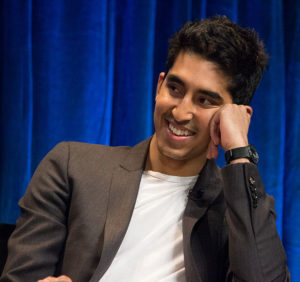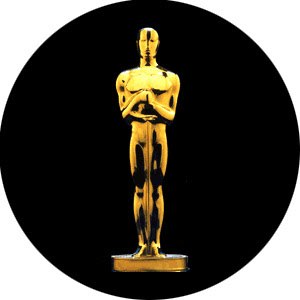
By Ed Diokno
Views from the Edge
Compared to the last couple of years that gave rise to the #OscarsSoWhite social media campaign last year, the 2017 Academy Award nominations are definitely more colorful.
The annual report, published by UCLA’s Ralph J. Bunche Center for African American Studies, does note that women have made some strides in Hollywood in the past year, and that several television shows featuring diverse casts have been successful. But it also finds that racial minorities and women remain severely underrepresented in film and television hiring.
Despite the Oscar nomination of Dev Patel for Best Supporting Actor in Lion and Auli’i Cravalho singing How Far I’ll Go from Moana, Asian and Asian American presence will be missing. In an effort to showcase the diversity of the movie industry, you’ll see some AAPI presenters such as Dwayne Johnson and Riz Ahmed, but essentially, we’re rendered invisible, once again.

“While there have been some improvements, especially in television, the numbers remain disheartening across the board,” said Darnell Hunt, the report’s lead author and director of the Bunche Center. “At the heart of it is the fact that Hollywood is simply not structured to make the most of today’s market realities.”
People of color made some progress in five of the 11 categories (lead performers in films, lead performers in broadcast scripted shows, lead performers in broadcast reality shows, lead performers in digital scripted shows and creators of broadcast scripted shows). Minorities lost ground in four of the 11 job categories (film directors, film writers, lead actors in cable scripted shows and creators of digital scripted programs) and held ground in the other two (creators of cable scripted shows and lead performers in cable reality and other programs).
Minorities make up 40 percent of the U.S. population, but only 13.6 percent of lead actors in theatrical films and 10.1 percent of Hollywood directors.
On TV, hit shows like Empire and Fresh Off the Boat gave a diversity boost in 2014–15.“In terms of sophistication of content, television might be considered to be in something of a golden age,” said Hunt, who also is chair of the UCLA sociology department. “But in terms of representation and opportunity, we still have a long way to go. White men are still dominant, and women and people of color struggle to get the opportunities to succeed.”
Ana-Christina Ramón, the report’s co-author and assistant director of the Bunche Center, said the lack of diversity has a societal impact that extends far beyond the entertainment industry.
“Authentic storytelling humanizes those who are often depicted as stereotypes or not worthy of being depicted at all,” she said. “Representation matters to the little girl who has yet to dream of who she will become and to the grandmother who has never seen someone like herself on screen.”
The report’s authors also point out that the lack of diversity in Hollywood also has a clear economic impact. Bunche Center research has consistently found that film and television content that is more diverse tends to be more successful — both among White and minority audiences — and delivers a better financial return on investment.
“Less-diverse product underperforms in the marketplace, and yet it still dominates,” Ramón said. “This makes no financial sense.”
Hunt said audiences are only becoming more diverse, and they’ve demonstrated that they search for stories that reflect our more diverse world — factors that will be critical for Hollywood’s long-term success.
Lately, Hollywood has been trying to get into the enormous Chinese market that could surpass the U.S. market this year. Chinese investors have been making inroads in Hollywood by buying studios and investing in co-productions.
Given Chinese audiences’ increasing appetite for movies like The Great Wall with the internationally bankable Matt Damon in the lead role, it “feels like a missed opportunity” that Hollywood isn’t developing bankable Asian American stars for this market, Hunt told USA Today.
Part of the problem is that studios have historically been focused on Europe, where U.S. films have been distributed since the beginning of the movie industry, but represents “a relatively small part of the world’s population,” Hunt says.
“This whole idea that Hollywood has perpetuated for years that people of color don’t travel overseas as leads is pretty much an artifact. … The rest of the world wants to see diversity because the rest of the world is diverse.”
“When a business is overlooking the desires of its customer base, it is serving them poorly and leaving money on the table,” Hunt said. “For a variety of reasons, studios, networks and talent agencies — the institutions that decide what films and shows will get made and how they are promoted — have to diversify so they are no longer demographically and culturally out of step with their audiences.”
“Those changes will not only make our culture richer,” said Ramón. “They will make the industry richer as well.”
AsAmNews has Asian America in its heart. We’re an all-volunteer effort of dedicated staff and interns. You can show your support by liking our Facebook page at www.facebook.com/asamnews, following us on Twitter, sharing our stories, interning or joining our staff.


